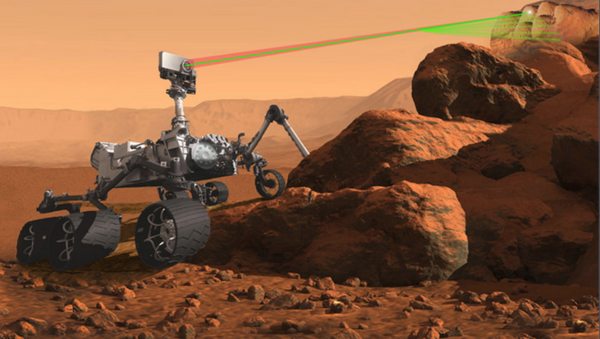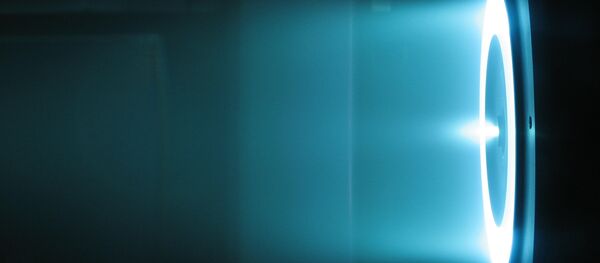Landing on Mars is more difficult than you might expect: unpredictable weather, irregular atmospheric density and an unforgivably rocky surface have doomed many would-be Mars missions, most recently the British Beagle 2 that was torn apart during a botched landing in 2003.
The safest way to land a rover is to do so slowly. To this end, Goddard Space Flight Center created the Advanced Supersonic Parachute Inflation Research Experiment (ASPIRE) to build a supersonic parachute that will boost the Mars 2020 mission's chance of success.
ASPIRE launched a mock probe into the Earth's upper atmosphere and them attempted to land it at NASA's Wallops Flight Facility on Wallops Island, Virginia. The probe carried their parachute, a deployment mechanism and measuring instruments.
The parachute succeeded with flying colors, according to ASPIRE lead Ian Clark. "It is quite a ride," he told Phys.org. "The imagery of our first parachute inflation is almost as breathtaking to behold as it is scientifically significant. For the first time, we get to see what it would look like to be in a spacecraft hurtling towards the Red Planet, unfurling its parachute."
"Everything went according to plan or better than planned. We not only proved that we could get our payload to the correct altitude and velocity conditions to best mimic a parachute deployment in the Martian atmosphere, but as an added bonus, we got to see our parachute in action as well."
This parachute was extremely similar to the one used during the successful landing of NASA's Mars Science Laboratory in 2012. Since Mars 2020 is meant to be bigger and badder, ASPIRE will have to make a larger and stronger parachute to properly slow its descent.
Mars 2020 is meant to look for signs of life on Mars by drilling into the Martian soil and caching it for life signs. It is meant to be the sequel to the Curiosity rover, with a similar design and landing system. Its estimated price tag is pegged at $2.1 billion — $400 million less than the Mars Science Laboratory.




